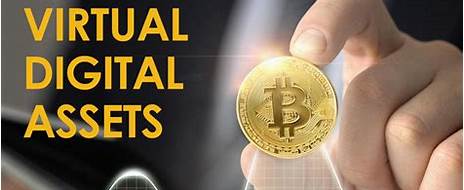IT IS YOUR MONEY
From Bitcoin to RWA – The Evolution of Digital Assets
Beyond Speculation: Real-World Utility
Digital assets have evolved from speculative coins into tools that power real economic activity — thanks to RWA integration.
Bitcoin started the revolution; RWA is taking it mainstream

Bitcoin Started It All
Bitcoin introduced decentralized money — scarce, borderless, and censorship-resistant.
But its volatility limited real-world adoption beyond investment.
Despite its groundbreaking nature, Bitcoin remains primarily a store of value rather than a medium of exchange due to its price fluctuations and slow transaction times.
Ethereum Introduced Programmable RWA
Ethereum allowed developers to tokenize real-world assets — opening up new financial frontiers.
Today, billions in real estate, commodities, and debt are represented as digital tokens on-chain.
Smart contracts enable automated execution of agreements, reducing reliance on intermediaries and increasing efficiency.
New Layers of Infrastructure Emerge
Layer-2 solutions like Arbitrum and Optimism are improving scalability and lowering costs for RWA applications.
Cross-chain bridges and interoperability protocols are enabling seamless movement of RWA-backed assets across ecosystems.
As these technologies mature, they pave the way for mass adoption of RWA-backed digital assets in everyday finance.
Conclusion: Digital Assets Mature with RWA
The future of digital assets lies not just in code — but in the real-world value they represent.
From programmable real estate to tokenized supply chains, RWA is transforming how we interact with value.
To explore how this evolution affects your business or portfolio, visit DigitalAssets.Foundation for expert guidance and a FREE consultation.

More News
© 2025
